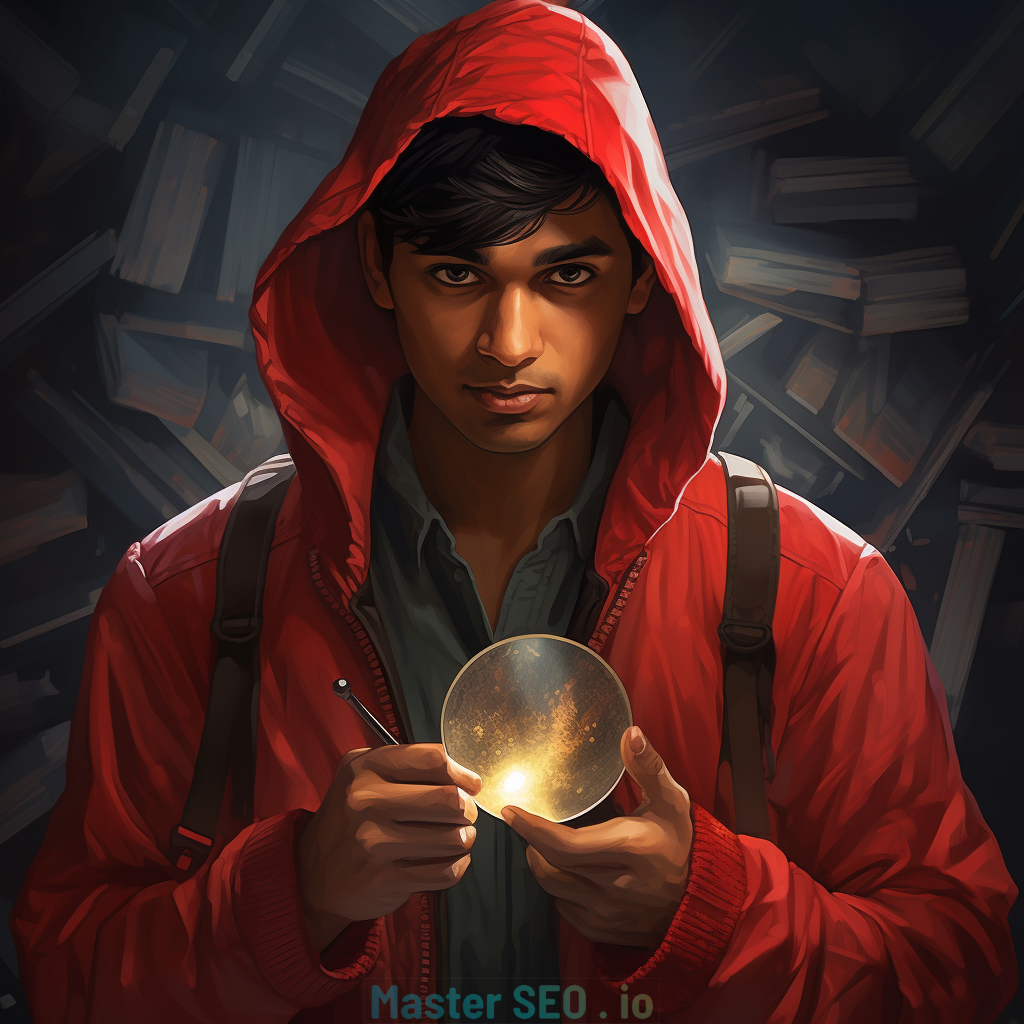As someone who has traversed the intricate landscape of search engine optimization (SEO) as a freelancer and now finds myself immersed in the corporate realm at Microsoft, the eternal rivalry between SEO and paid advertising has become more than just a topic of discussion – it’s a daily struggle for synergy. The transition from a freelance SEO expert to an in-house professional has shed light on the persistent issue of communication breakdowns and how paid search cannibalizes SEO efforts.
Is this rivalry truly productive, or does it hinder the pursuit of a more integrated marketing approach?
In my freelance days, SEO was my bread and butter. I meticulously crafted strategies to enhance organic search visibility, optimize content, and build a robust online presence for clients. Each move was a chess piece carefully placed to navigate the ever-changing algorithms of search engines. Then came the transition to the in-house world at Microsoft, and with it, a realization that the SEO game was about to face a fierce opponent – paid advertising.
The first few weeks were optimistic as I anticipated a collaborative environment where SEO and paid search teams would work hand in hand, complementing each other’s efforts for maximum impact. However, reality struck like a sudden algorithm update. Communication between the teams was minimal, and the paid search team seemed to view SEO as an afterthought rather than a strategic partner. The clash between SEO and paid advertising is not a new tale; both disciplines vie for the limited space on the search engine results page (SERP), and the competition often leads to internal strife. Paid search teams, driven by immediate results, sometimes resort to aggressive bidding, eclipsing the slow but sustainable growth fostered by SEO. When numbers drop, the blame game begins, with fingers pointing at SEO efforts as the scapegoat. This disconnect underscores the need for a more integrated and cooperative approach, where both teams recognize each other’s value and work collectively to navigate the challenges of the digital marketing landscape.
Do the initial weeks of optimism, where collaboration between SEO and paid search teams was anticipated, reflect the ongoing reality in the digital marketing landscape? Unfortunately, the minimal communication and the paid search team’s perception of SEO as an afterthought suggest otherwise. Does this clash between SEO and paid advertising, a recurring narrative in the industry, serve as a productive force for innovation and improvement? While competition can drive teams to optimize strategies, the potential hindrance arises when this rivalry transforms into a siloed approach, impeding the prospects of a more integrated marketing strategy that leverages the strengths of both disciplines.
Is this rivalry productive?
On the surface, competition can be a driving force for innovation and improvement. It encourages teams to push boundaries, optimize strategies, and stay ahead of the curve. However, when this rivalry transforms into a siloed approach where teams operate independently, it hinders the potential for a more integrated marketing approach.
The synergy between SEO and paid advertising is desirable and essential for holistic digital marketing success. Organic and paid search efforts can complement each other, creating a more comprehensive and effective strategy. Keywords identified through SEO can inform paid search campaigns, and vice versa, establishing a symbiotic relationship that maximizes the impact of both disciplines. Shared insights and collaboration can lead to a more unified front, where the strengths of SEO and paid advertising are leveraged synergistically for optimal results. Breaking down the walls between SEO and paid advertising requires a shift in mindset and a commitment to fostering communication. Regular meetings, shared goals, and a mutual understanding of each team’s objectives can bridge the gap, ensuring that the collective efforts of both teams align seamlessly. SEO and paid advertising should not be seen as rivals but as teammates working towards a common goal – increasing the overall visibility and success of the brand. In the dynamic digital marketing landscape, a cohesive and integrated approach that acknowledges the unique contributions of both disciplines is not just a strategic advantage; it’s necessary for staying ahead and achieving sustained success.
Ultimately, the eternal rivalry between SEO and paid advertising is only as productive as the team’s level of collaboration and communication. Rather than viewing each other as adversaries, both disciplines should recognize the unique strengths they bring to the table and work towards an integrated marketing approach. At Microsoft, the battle is ongoing, but I remain hopeful that the walls will crumble, and SEO and paid advertising will emerge as allies in the pursuit of digital marketing excellence.

Meet Terrell, the insightful author guiding readers through the intricacies of SEO. With a rich background as a seasoned SEO professional and freelancer, Terrell specializes in unraveling the complexities of digital marketing. Known for crafting personalized strategies that cater to the unique needs of businesses, Terrell navigates the delicate balance between flexibility and accountability. Terrell’s goal is to empower clients with well-informed decisions. Join Terrell on a journey where personalized attention meets comprehensive expertise, and together, let’s decode the ever-evolving landscape of SEO.




